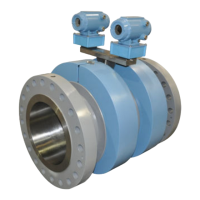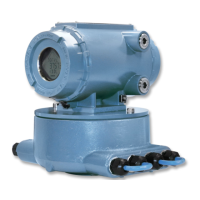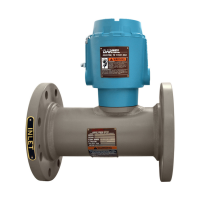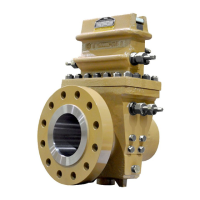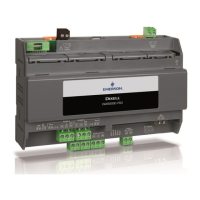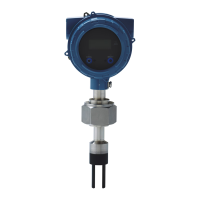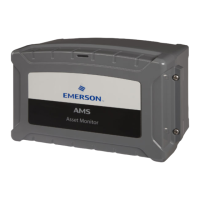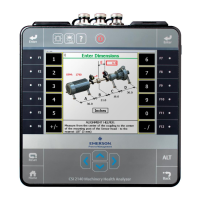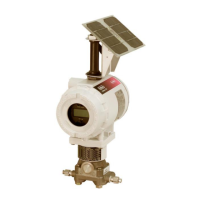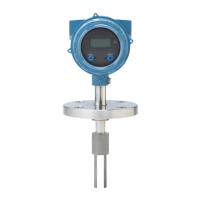Refer to for information on reading records and marking records as read. The data point
IsAlarmLogFull indicates whether or not the alarm log is full and cannot overwrite old,
unread records.
The user-settable data points AlarmTurnOffHysterisisCount and
AlarmTurnOffHysterisisTimeSpan are used to prevent very repetitive alarms from filling up
the alarm log. When an alarm is set AlarmTurnOffHysterisisCount times within
AlarmTurnOffHysteresisTimeSpan seconds, then the alarm is suppressed until the alarm
frequency drops below the specified rate (counts per time span) at which point the next
alarm clearing "unsuppresses" the alarm. The alarm log records indicate when an alarm
suppression is started and ended. The default values are 8 occurrences in 240 seconds.
The data points monitored for the alarm log are as shown in the tables below. Note that
the alarm limits are themselves data points. The user-settable alarm limits are listed by
data point name. Non-settable alarm limits are listed by data point value.
Alarm log monitored data pointsTable 6-24:
Data point Low alarm limit High alarm limit
GainAUp,
GainADn,
GainBUp,
GainBDn,
GainCUp,
GainCDn,
GainDUp,
GainDDn
GainLowLmt GainHighLmt
AvgSndVel AvgSoundVelLoLmt AvgSoundVelHiLmt
SpecFlowPressure LowPressureAlarm HighPressureAlarm
SpecFlowTemperature LowTemperatureAlarm HighTemperatureAlarm
LiveFlowPressure LowPressureAlarm HighPressureAlarm
LiveFlowTemperature LowTemperatureAlarm HighTemperatureAlarm
AvgFlow MeterMaxNegVel MeterMaxVel
SysTemp -40°C 100°C
SysVoltage1V 0.90V 1.10V
SysVoltage1V2 1.08V 1.32V
SysVoltage2V5 2.225 V 2.775 V
SysVoltage3V3 2.937 V 3.663 V
Alarm log Boolean alarm limitTable 6-25:
Data point Boolean alarm unit
IsHardFailedA ... IsHardFailedD TRUE
Directory
Operations manual 105
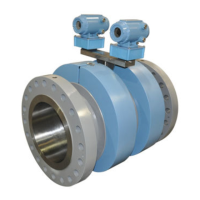
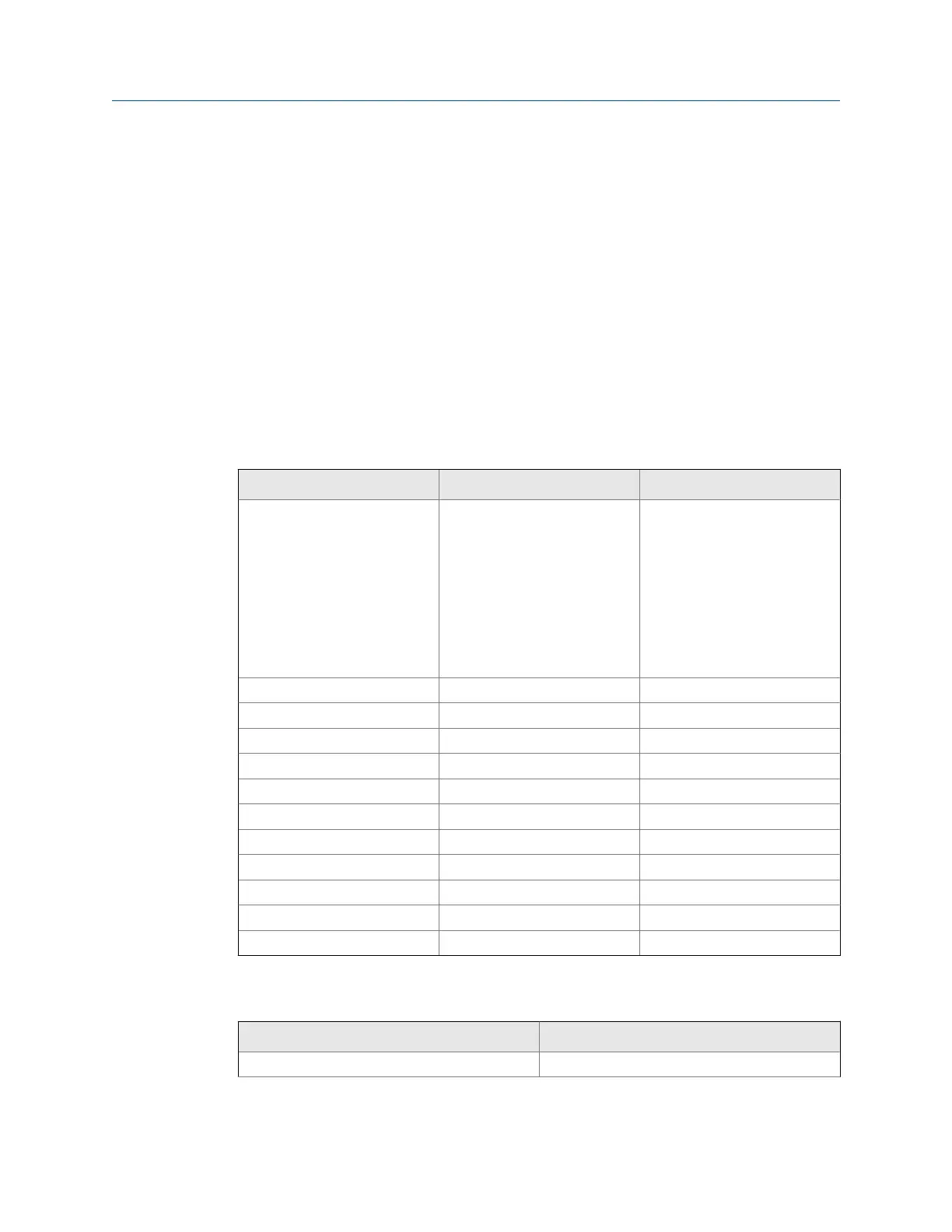